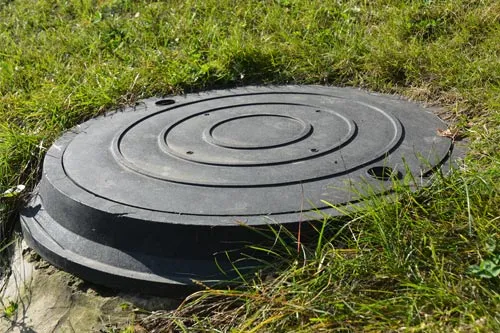Wastewater treatment is a vital process for maintaining environmental health and ensuring safe water for communities. Traditional methods often rely heavily on chemical treatments that can be slow and less environmentally friendly. Bioenzymes, however, are revolutionizing the way wastewater is managed. These natural catalysts break down complex organic matter efficiently, reducing treatment time and enhancing overall plant performance. By promoting faster decomposition of organic pollutants, bioenzymes support a cleaner water output and contribute to sustainable wastewater management practices, benefiting both industries and households alike.
How Bioenzymes Accelerate Organic Matter Breakdown
Sanbien Liquid XP 2001 are biological catalysts that speed up chemical reactions without being consumed. In wastewater treatment, they target complex organic substances, breaking them into simpler compounds that are easier to manage. This process:
- Reduces sludge accumulation in treatment tanks.
- Enhances water clarity by removing dissolved organics.
- Improves microbial activity, supporting long-term system stability.
Using bioenzymes ensures that organic waste decomposes more efficiently than traditional methods, leading to faster and more reliable wastewater treatment cycles.
Benefits of Bioenzyme Application in Treatment Plants

Applying bioenzymes in wastewater systems offers numerous advantages:
- Energy Efficiency: Reduced reliance on mechanical aeration lowers energy consumption.
- Sustainability: Bioenzymes are natural and biodegradable, minimizing chemical use.
- Cost-Effectiveness: Lower sludge volume decreases disposal costs.
- Enhanced Water Quality: Cleaner effluent supports environmental compliance.
- Operational Reliability: Bioenzymes maintain consistent performance, even under variable conditions.
These benefits collectively improve plant productivity while supporting environmental protection initiatives.
Types of Bioenzymes Commonly Used
Different enzymes target specific organic compounds in wastewater. Common types include:
- Amylases: Break down starch-based substances.
- Proteases: Decompose proteins into amino acids.
- Lipases: Target fats and oils for faster breakdown.
- Cellulases: Degrade plant-based cellulose material.
Combining these enzymes allows wastewater treatment plants to handle diverse organic loads efficiently, ensuring optimal performance across various industrial and domestic applications.
Practical Implementation Tips
For successful bioenzyme integration, consider:
- Regular dosing according to wastewater volume and composition.
- Monitoring microbial activity to optimize enzyme effectiveness.
- Maintaining proper temperature and pH levels for enzyme stability.
- Combining bioenzymes with existing biological treatment systems for maximum efficiency.
By following these guidelines, treatment plants can achieve enhanced decomposition rates and sustained system performance.
Final Thoughts
Bioenzymes are transforming wastewater treatment by accelerating the decomposition of organic matter. Their natural, eco-friendly approach enhances water quality, reduces sludge, and improves operational efficiency. From energy savings to sustainable waste management, bioenzymes provide a reliable solution for modern wastewater challenges. Implementing bioenzymes not only promotes cleaner water but also supports long-term plant stability and environmental sustainability.
